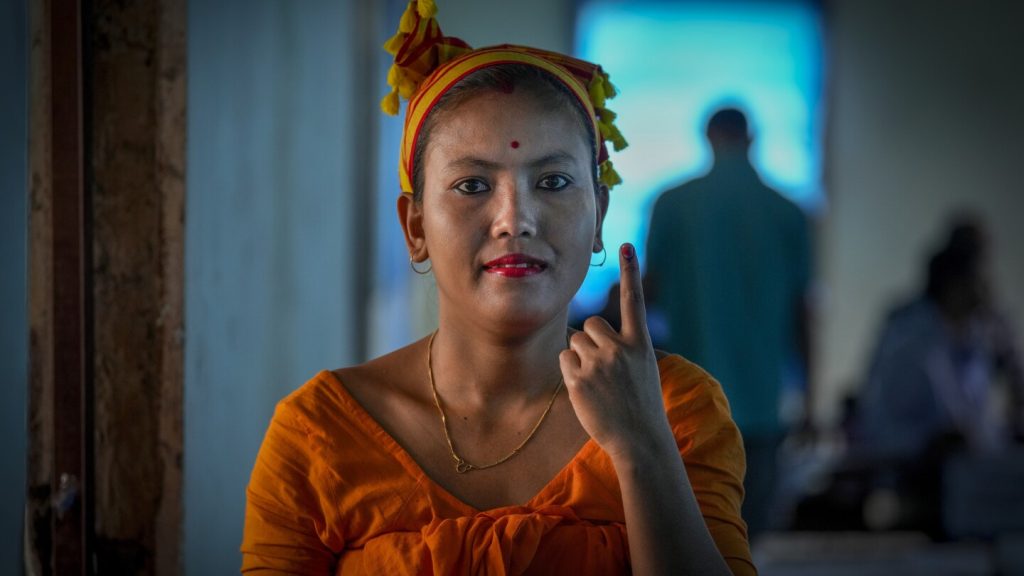Millions of Indians began voting in the six-week national election, which will determine whether Prime Minister Narendra Modi will secure a rare third term in office. Nearly 970 million voters will elect 543 members to Parliament during the staggered elections that run until June 1, with results announced on June 4. The election is considered one of the most critical in India’s history and will test the limits of Modi’s political dominance. If he wins, Modi will become the second Indian leader to retain power for a third term after Jawaharlal Nehru.
Most polls predict a win for Modi and his Hindu nationalist Bharatiya Janata Party (BJP), who face an opposition alliance led by the Indian National Congress and regional parties. The BJP is seeking to expand its influence in the east and south of India, facing a tough challenge in states like Tamil Nadu. Voters in these regions are concerned about rising prices, unemployment, and religious polarization fueled by the BJP. The opposition alliance, called INDIA, has not yet put forward a candidate, leaving uncertainty about who will lead the country if they win the election.
Modi’s leadership over the past decade has been marked by a combination of Hindu-first politics and economic development. He has intensified Hindu nationalist rhetoric during the campaign, positioning himself as a global leader and promising to make India a developed nation by 2047. However, critics point to growing economic distress, high unemployment, inflation, and corruption as issues facing many people in India. The opposition alliance aims to capitalize on these issues, while also voicing concerns about Modi’s illiberal policies and threats to democracy.
The election is also taking place amidst ethnic violence in the northeastern state of Manipur, where more than 150 people have been killed in near-civil war conditions. Critics accuse Modi of using tax authorities and the police to target the opposition, undermining democratic principles. While Modi enjoys widespread popularity, concerns about civil liberties, discrimination against minorities, and attacks on press freedom have raised alarms among critics. The BJP, however, touts its welfare programs and development initiatives as beneficial to all Indians, promoting Modi as a champion of the Hindu majority.
Modi is aiming for a two-thirds majority in this election, riding on the success of his welfare programs and nationalist agenda. However, critics warn that a third term for any government with a large majority could pose risks to India’s democracy. The election is seen as a pivotal moment in India’s history, with voters deciding the country’s future direction. As voting takes place across various states, the outcome remains uncertain, with the potential for significant repercussions both domestically and internationally. The election results on June 4 will determine whether Modi’s brand of Hindu nationalist politics will continue to shape India’s trajectory in the coming years.


